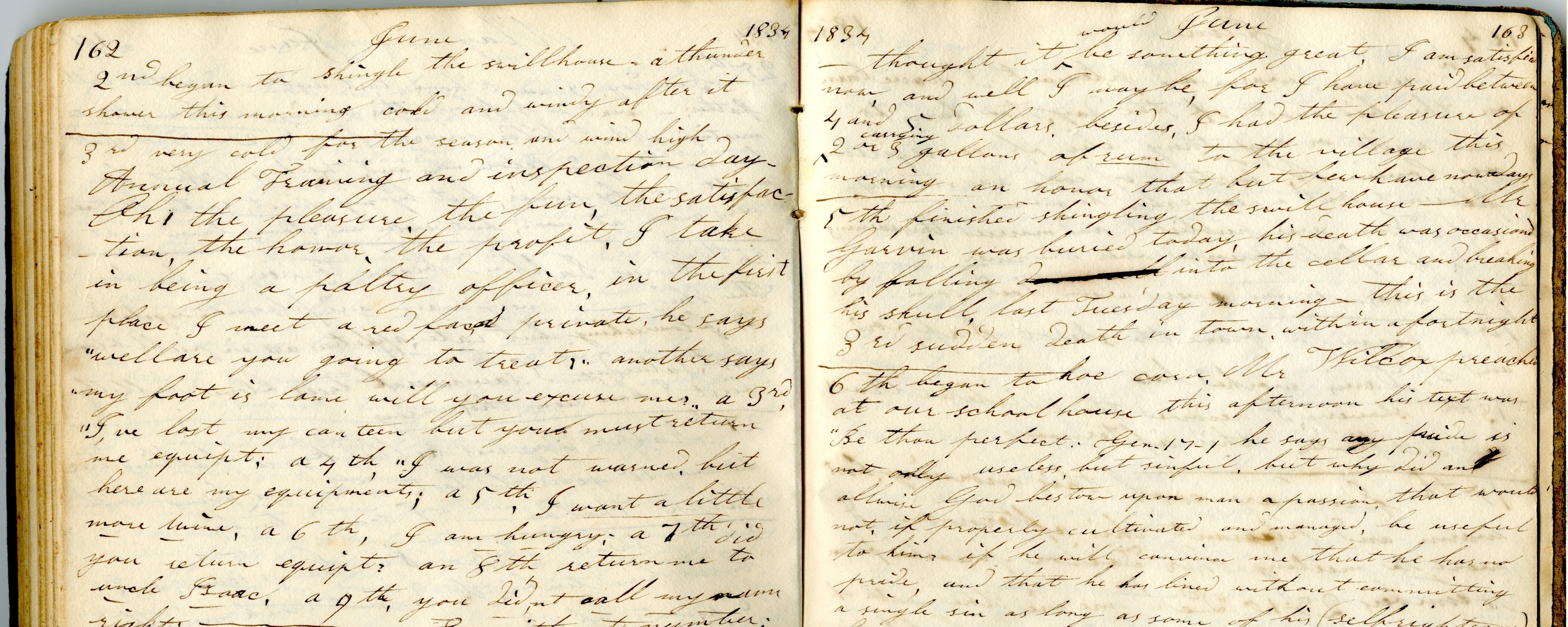What is a primary source?

The National History Day Contest Rule Book states that "primary sources are created during the time period you are investigating."
A primary source might be written by someone with first-hand knowledge of an event in history, like a description of a Civil Rights march written by a protester who was there. A primary source can also be from the time period, like a newspaper article about the protest, even if the reporter was not there.
But remember, the author of a primary source might be biased or have incorrect information. Historians use multiple primary sources to interpret events in the past.
Examples of primary sources include, but are not limited to:
- Diaries
- Manuscript collections
- Autobiographies
- Newspapers from the era
- Government records
- Letters
- Maps from the era
- Photographs
- Music of the era
- Videos or moving pictures
- Historic places
- Historical objects
- Interviews with participants
- Political cartoons
- Broadsides or posters
What should you do after you have found a primary source? Analyze it! You will want to understand what the primary source means. You will also need to decide if or how the information will help provide evidence to support your claim or thesis.
These tools may help with your research:
- Library of Congress Primary Source Analysis Tool
- National Archives Document Analysis Worksheets
- Stanford History Education Group Reading Like a Historian
And don't forget to cite your research! Take notes when you locate sources because it can be difficult to find the information again. You will need to include an annotated bibliography with your project. See these examples for the required documentation for different types of primary sources.